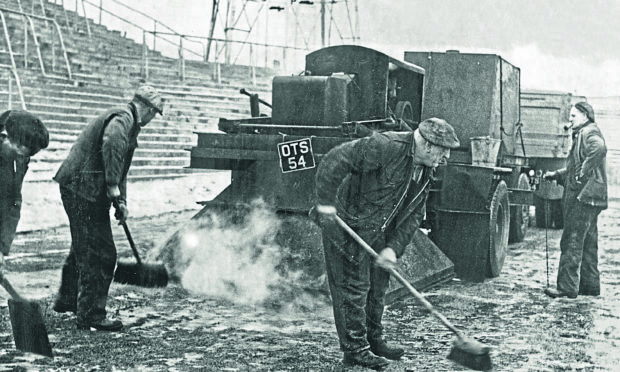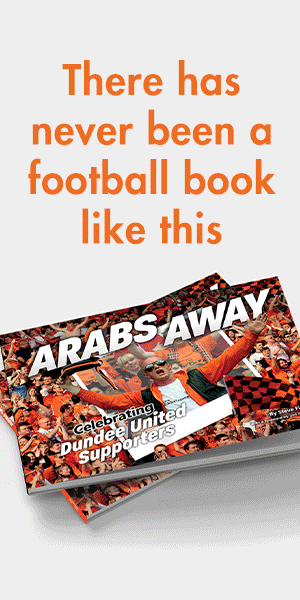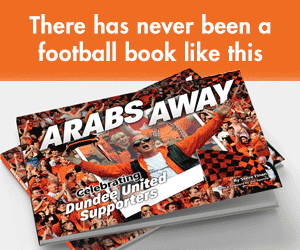It is a question that is almost always answered incorrectly – why are Dundee United supporters called “Arabs”?
No-one argues that United supporters get that name, indeed Arabs are proud to be known as Arabs. Countless tangerine Keffiyehs (the traditional Arab headdress) have been donned by United supporters off to cup finals and many a t-shirt or badge announces the wearer is: “proud to be an Arab”.
I produced a book earlier this year, Arabs Away, and since then have been asked several times, “So why are Dundee United supporters called Arabs?” Embarrassingly, I didn’t know for sure.
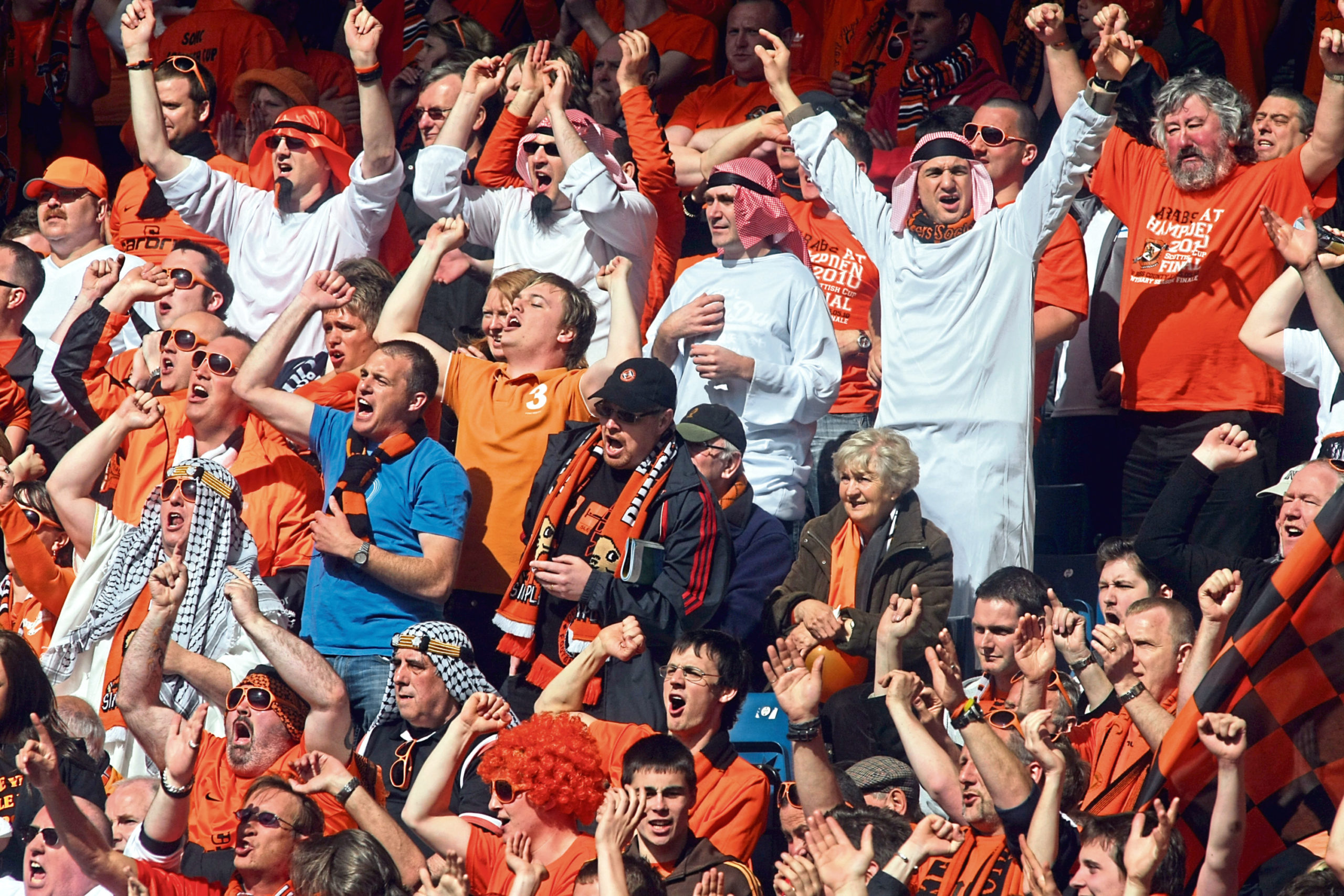
The usual answer is that in the bitter winter of 1962-63, long before undersoil heating came to Tannadice, United went several weeks without a home game. Things were getting desperate, fixtures were piling up and, more importantly, the coffers were running low.
So Jerry Kerr and the board moved heaven, earth, and several fierce-looking pieces of machinery, to thaw out the pitch to try to get the Scottish Cup tie against Albion Rovers, scheduled for January 26, 1963, declared “on”.
William Briggs & Sons, roadmakers at the Camperdown Refinery down at Dundee docks, brought in a tar-burner to melt the Tannadice tundra. It worked. Or, at least, it sort of worked. The ice sheet melted away like a DFC defence at the feet of Luggy and Ralphie, but all the grass was burned off too!
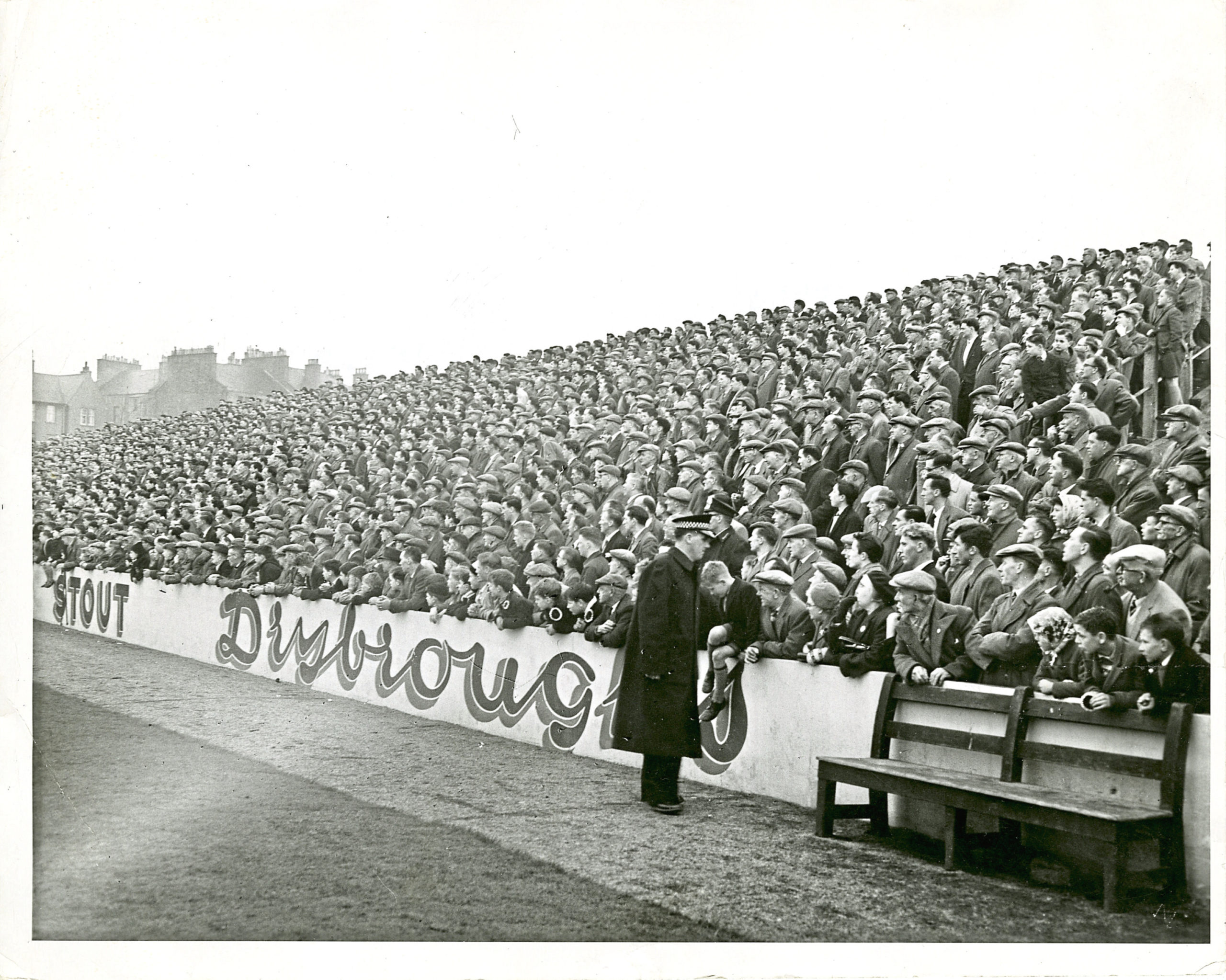
However, several lorryloads of sand was spread over the pitch and Glasgow referee Donald Weir was inveigled to declare “game on”.
United performed well that day – Doug Smith, Dennis Gillespie, Wattie Carlyle & Co rattled in three for no reply. This led some newspapers to declare the lads in white (as they were at the time) had taken to the sand “like Arabs”. And the name stuck. And that’s why the supporters are called Arabs.
It’s a great story, but isn’t remotely true.
United did melt the ice to get that game on but I’ve searched newspaper databases, microfiche pages, several dusty archives, and spoken to people who were in the newspaper business at the time and there is no mention of United being called “Arabs” in any newspaper that year, or for several years afterwards. And anyway, it is the fans who are known as Arabs, not the team.
More investigation was required. My quest led me to Graham McLaren, owner of specialist sports retailers Clubsport in Dundee. He’s a United supporter of long standing and known to most as “Spider”.
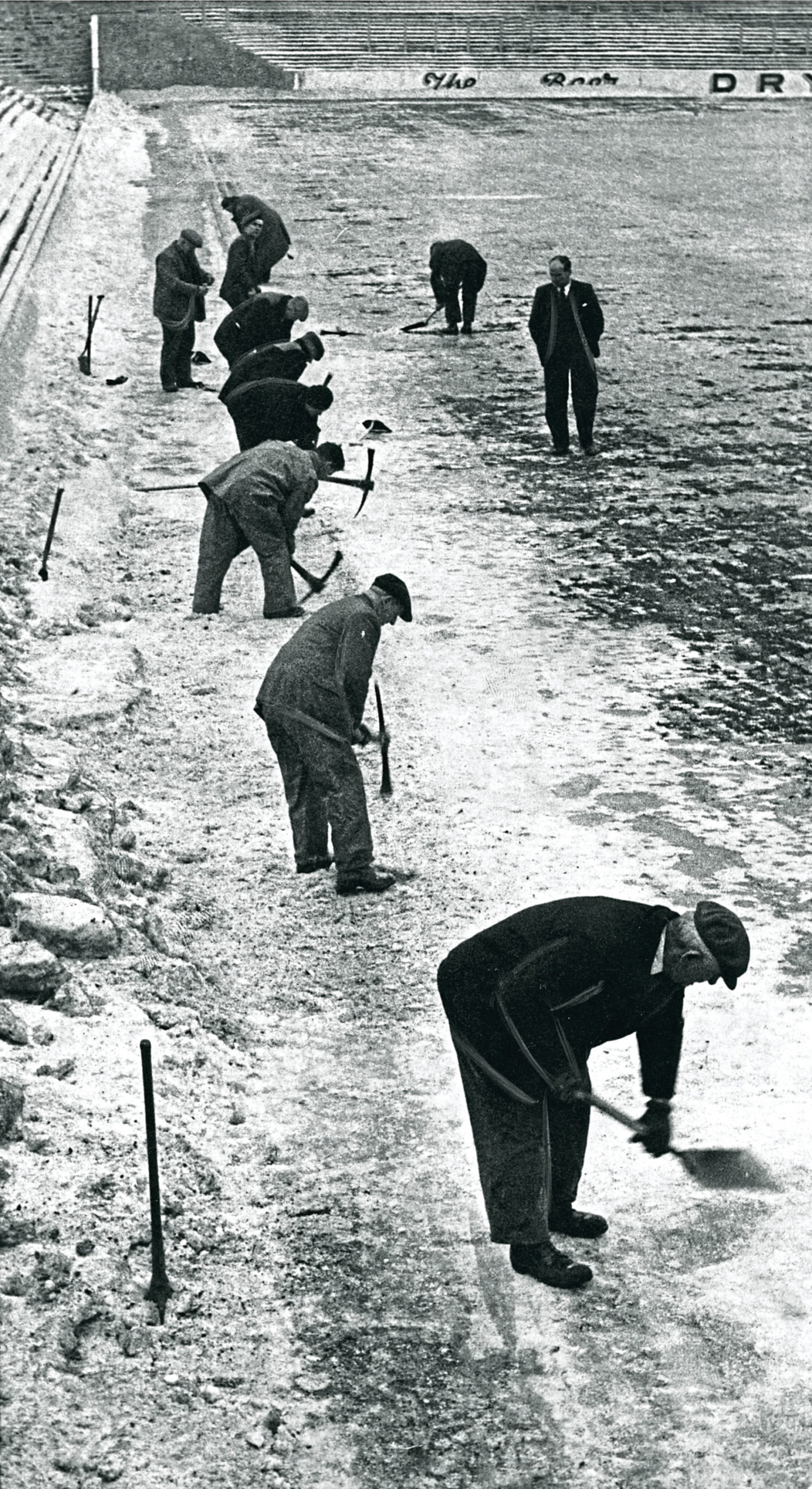
But before we get to Spider’s story, a short history lesson:
Gamal Abdel Nasser was the de facto leader of the Arab world, from his election as president of Egypt in 1956 and throughout the 1960s. He was a giant of Middle Eastern politics. He defied the West during the Suez Crisis and became the figurehead of pan-Arabism, the push to unite all Arab nations. He inspired devotion from his followers and fear in European capitals in equal measure.
An inspirational speechmaker, to this day he is regarded, by some, as an icon, a strong man who brought decisive leadership to a troubled region.
We shall let Spider take up the story of the sequence of events that led his name to affect the city of Dundee.
Spider told me: “My first season as a United supporter was 1960/61, our second season ‘up’.
“My first game was v Partick Thistle at Tannadice. We won 3-0. It was January 14, 1961, and I’d not long turned 12. I’d gone along on my own and stood on the north terracing. Two days later, after school, I walked down to David Low sports shop in Reform Street and purchased a rattle and a black and white scarf.
“I still have the rattle, I painted it black and white. It cost 2/6, 12.5p in today’s money.
“On the Monday I’d recalled Saturday’s experience to school chums in my own year and a year or two above. I learned that some of them were in the habit of assembling for home games behind the goal at the Amalfi End, the East or Eddie Thompson Stand at today’s Tannadice.
“That was it. I was to join them there at every home game for the rest of the season and way beyond.
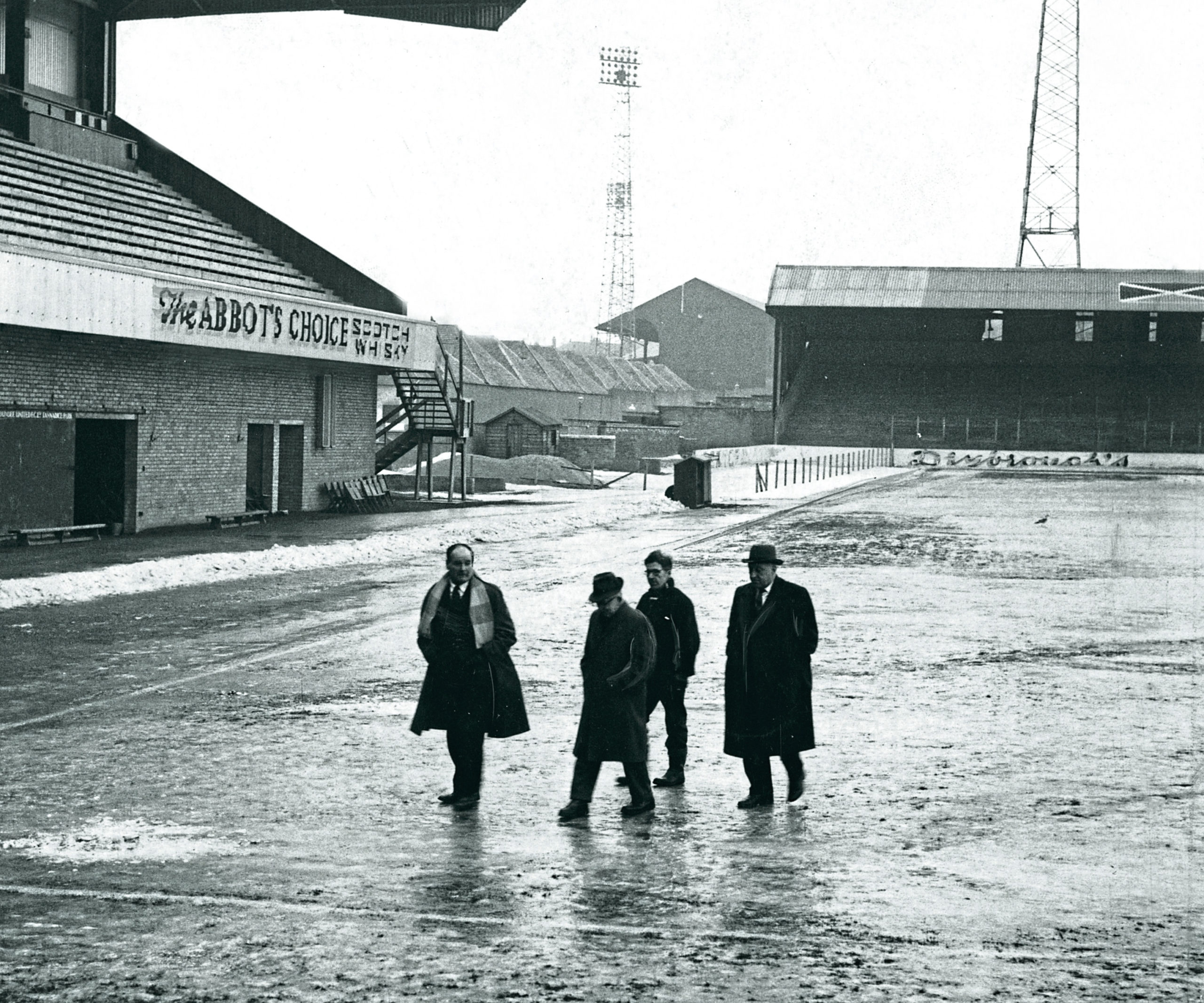
“We’d go in early, half an hour before kick-off. There was a cheerleader in our midst, a thinnish, middle-aged man wearing a long overcoat and a bunnet. Nothing unusual in that, half the men in the crowd were similarly attired. We’d shout our hearts out, our leader urging us through the repertoire. This was how it was at Tannadice at every home game.
“He was always there. I can see him yet, stood in the middle of a couple of hundred choirboys he’d conduct us. ‘HELLO!’ he’d yell repeatedly, to which we would simply echo, ‘HELLO!’ That would be the warm up to get our vocal chords going.
“Then, stepping up a gear, a rhyme, ‘T-E-R-R-O-R-S, are we the Terrors? ‘YES, YES, YES’, we echoed. There was plenty of singing too. ‘There’s not a team like the Dundee United’ and ‘Hail, hail, United’s here’ were two stock songs.
“At one particular game our cheerleader was full of it. I’ll never remember what game it was but he had a new line, a new cheer. He was on to something. After the warm-up he was heard to bellow – ‘I AM NASSER AND YOU ARE MY ARABS!’
“The Amalfi End cheerleader bore a striking resemblance to President Nasser. The same dark, receding hair line and, crucially, the pencil moustache and dusky complexion.
“So Nasser he became. I’d love to know what his real name was.
“United supporters have been Arabs ever since.”
So there it is. The name stuck. That’s why United supporters are Arabs.
Unless, of course, you know different?
